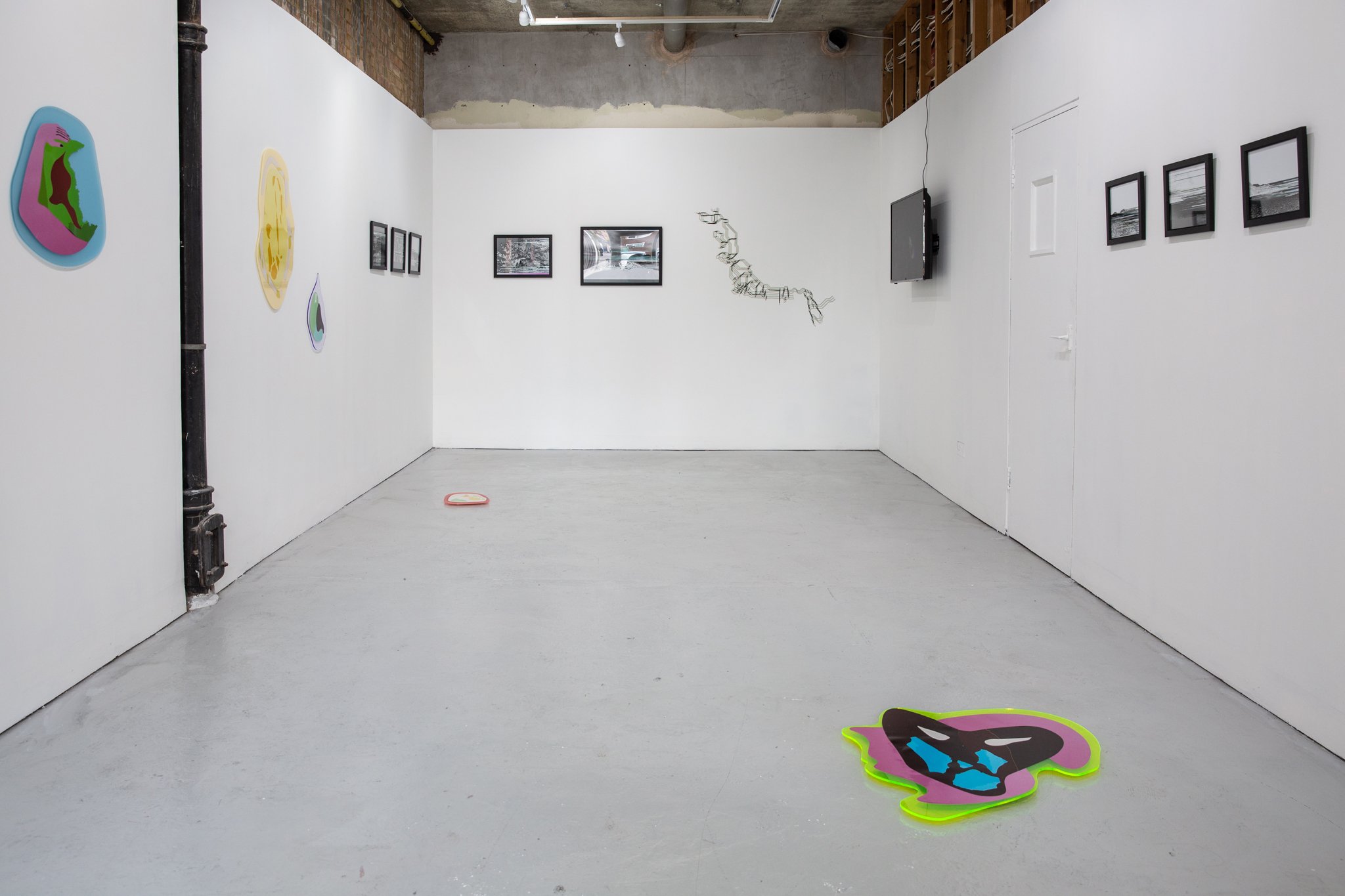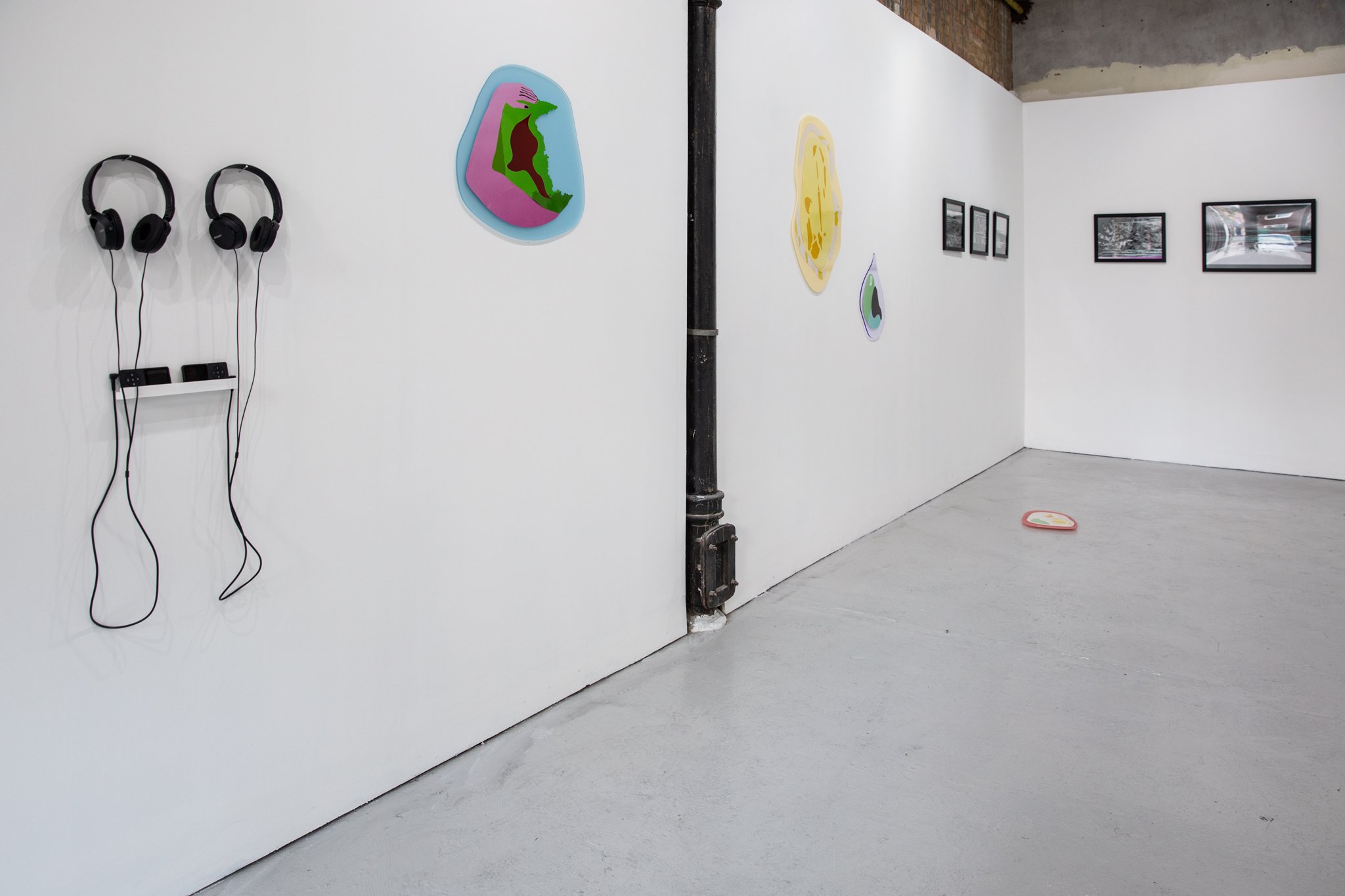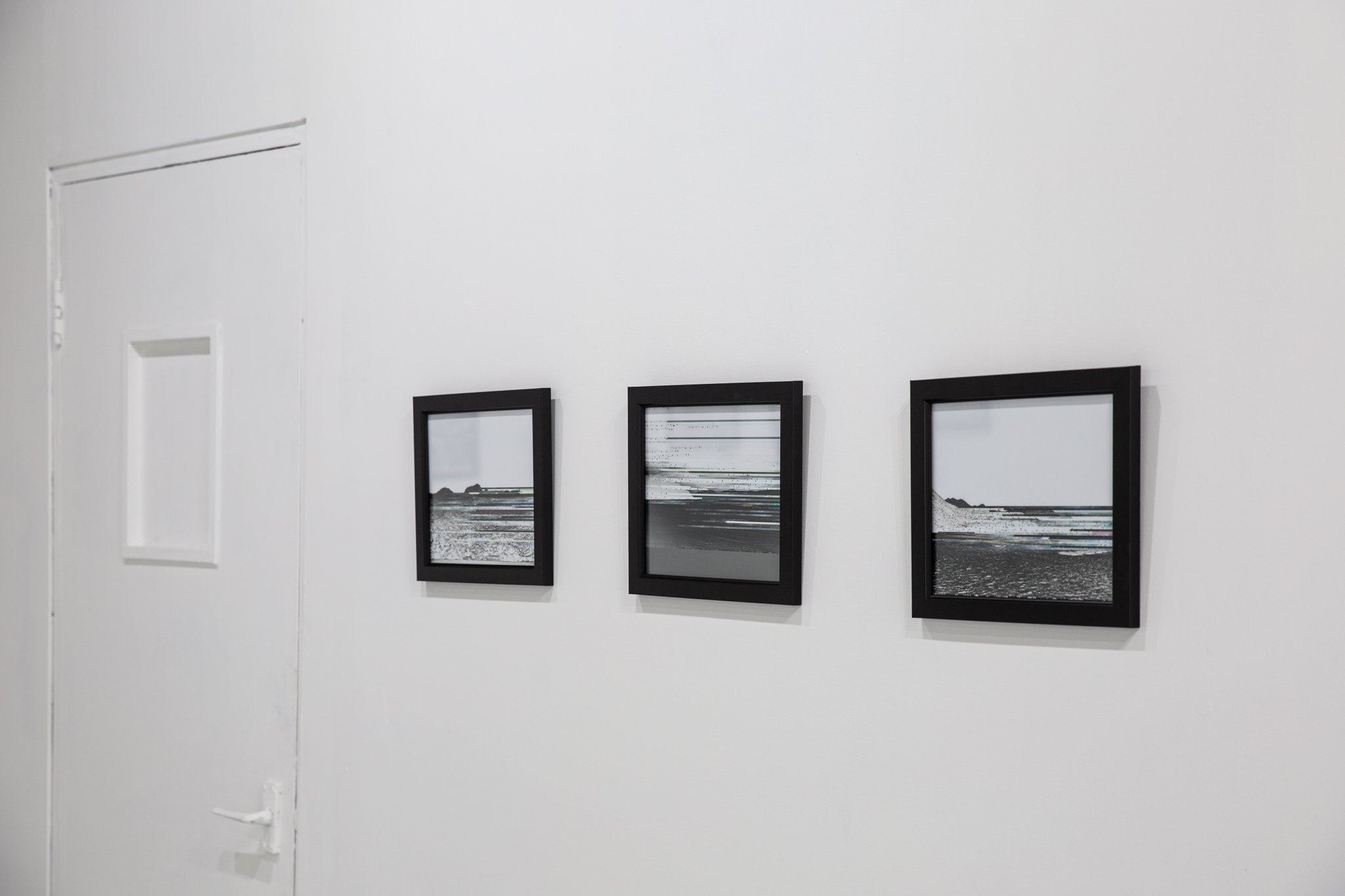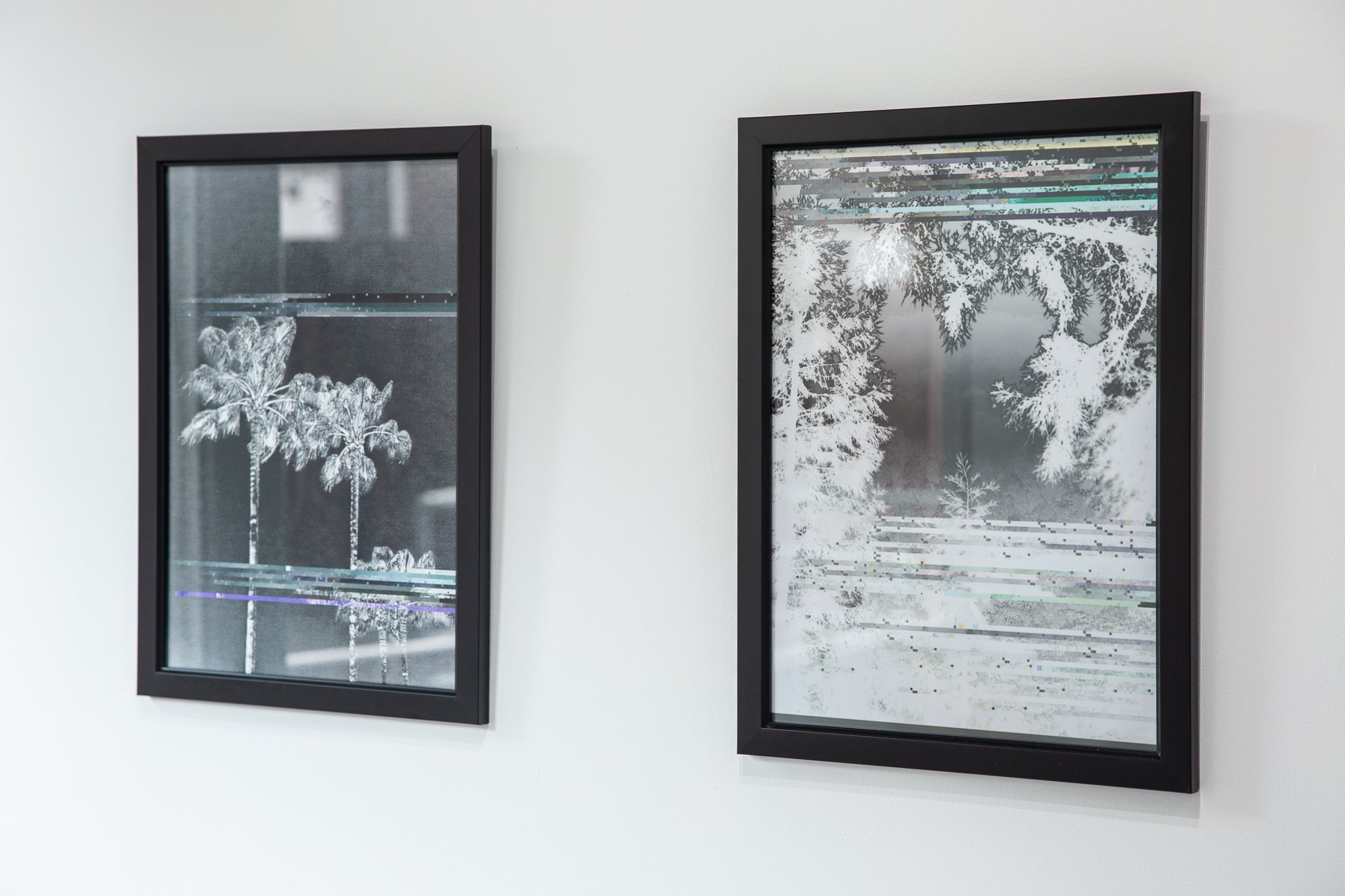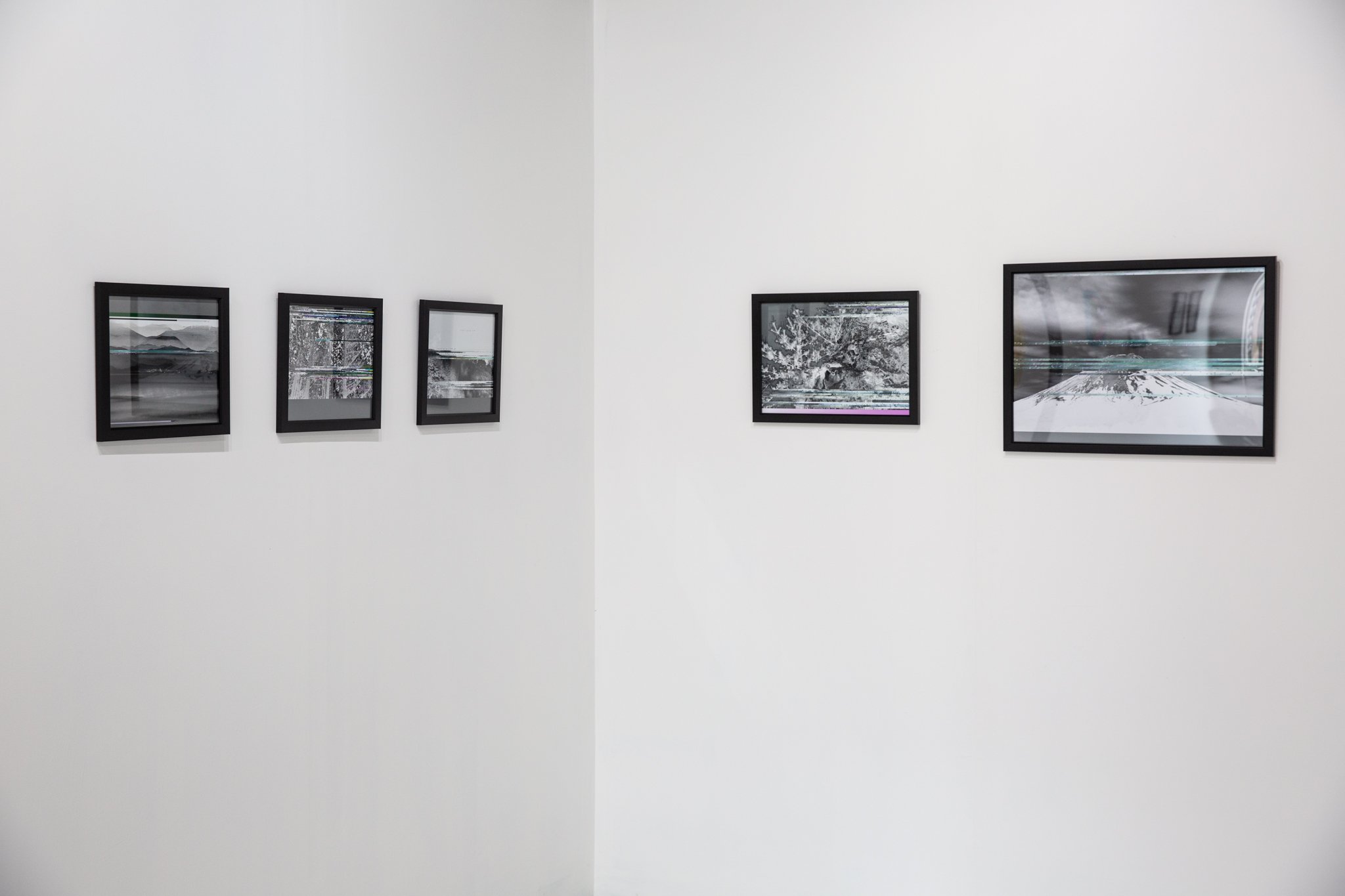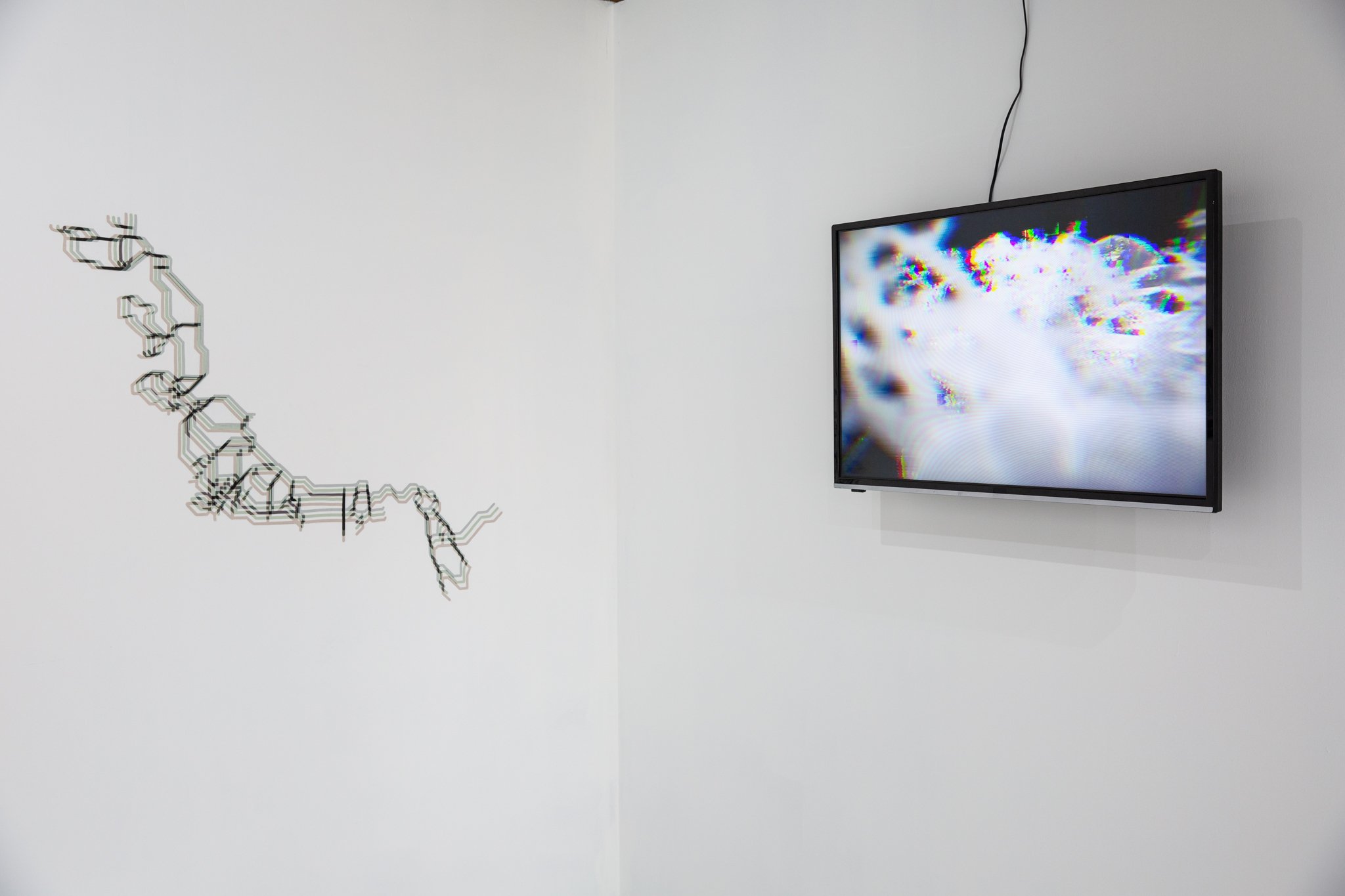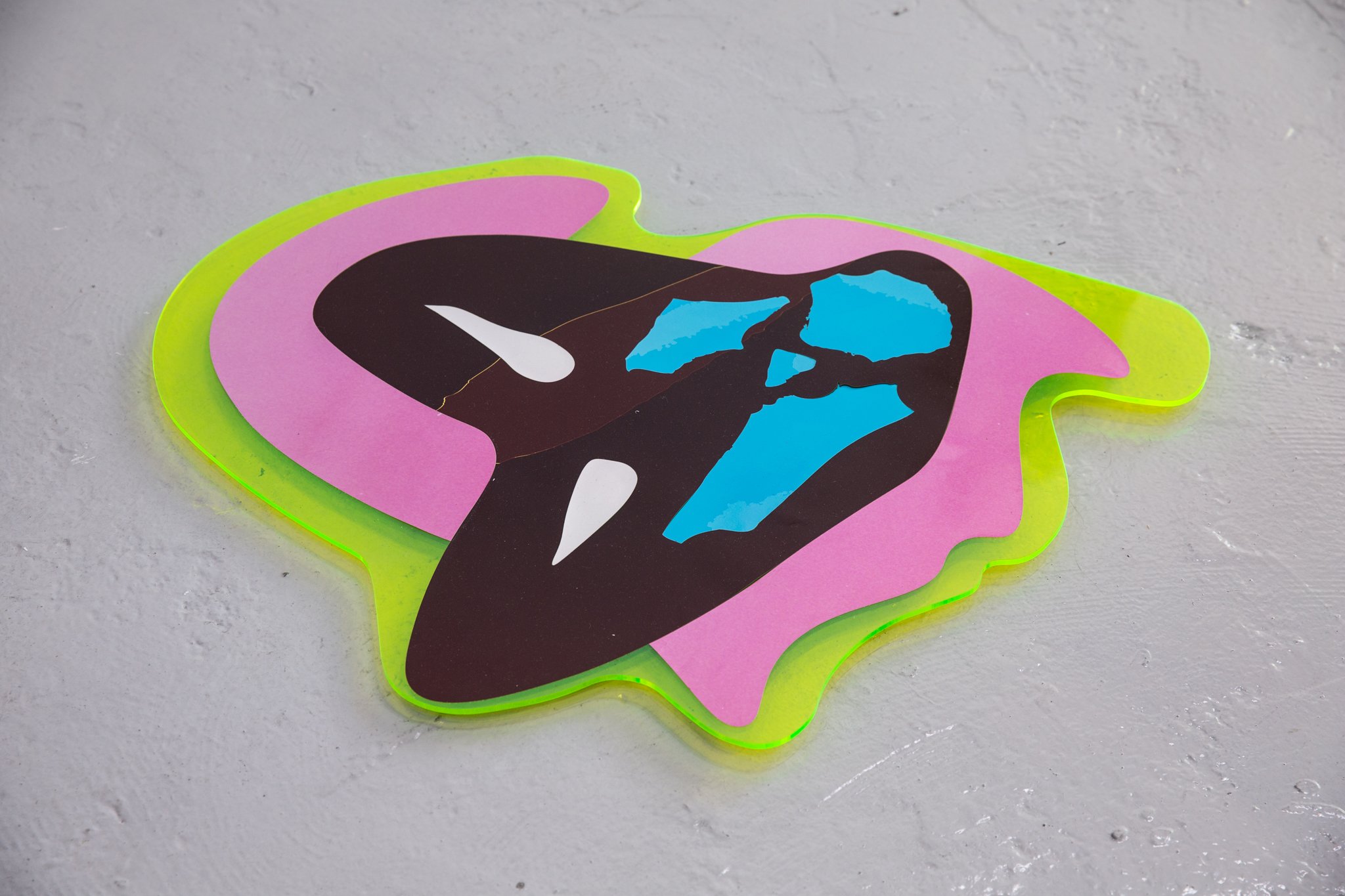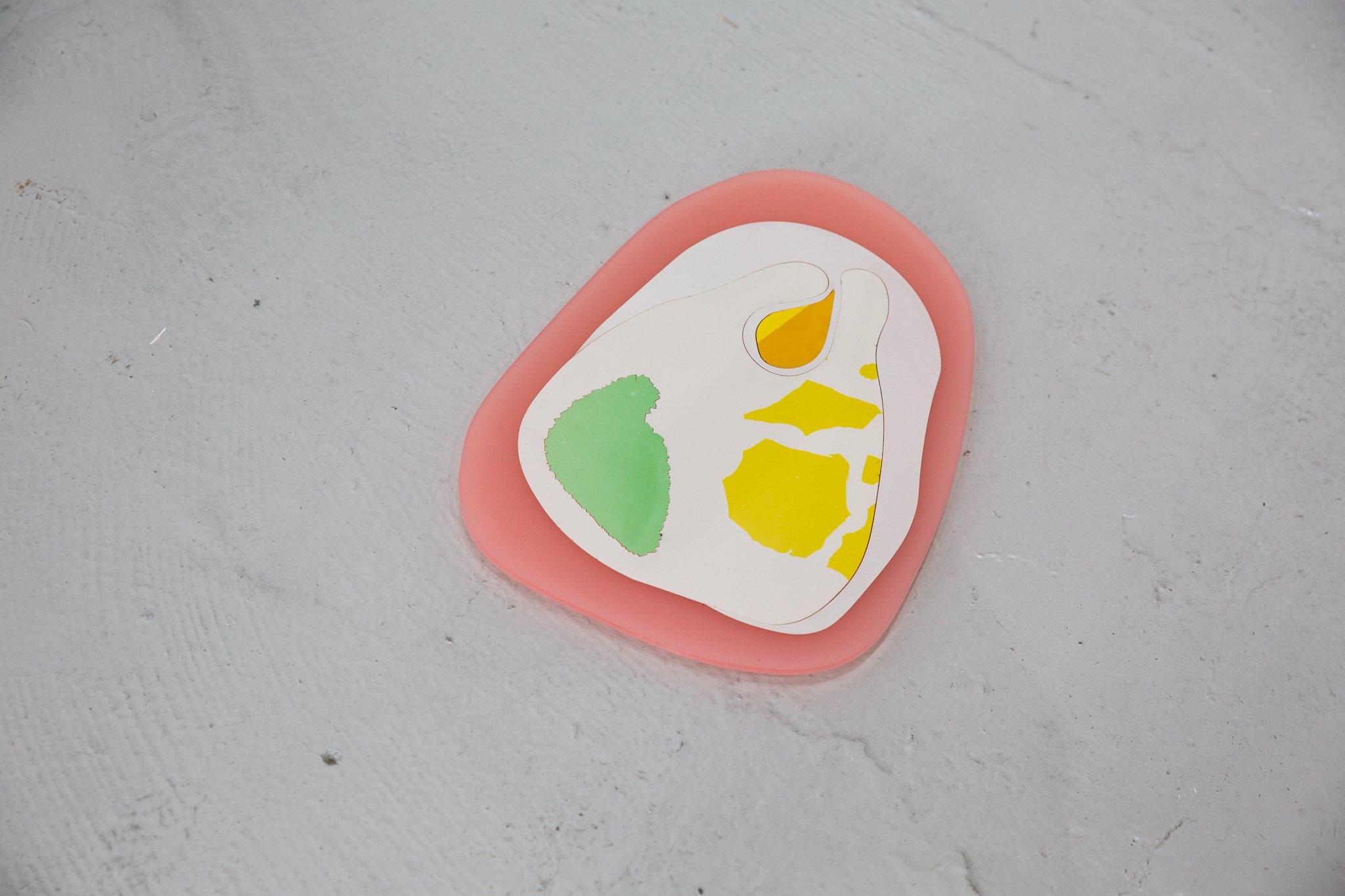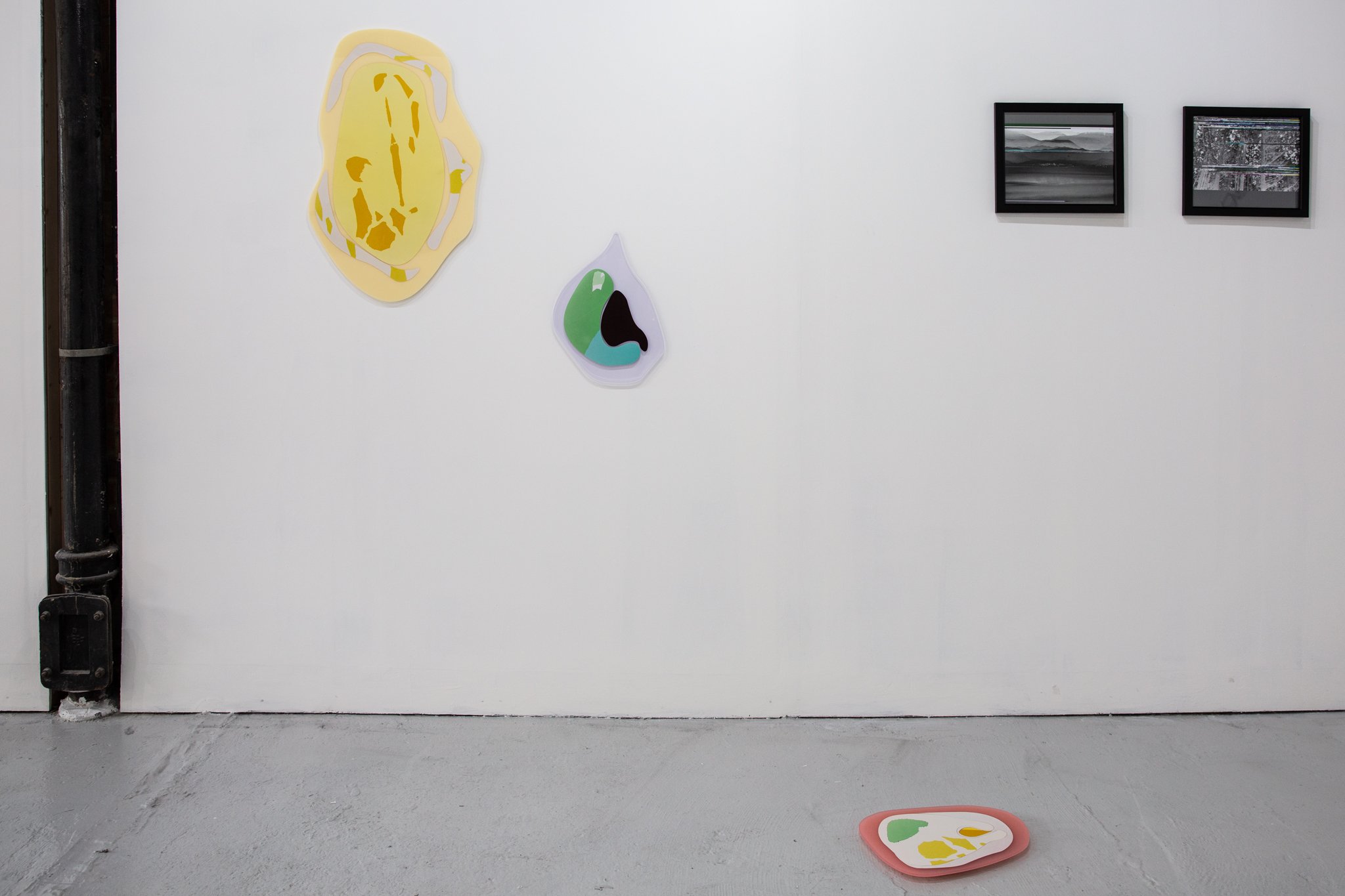Common Ground
Art Lacuna 202
Common ground is an exhibition created by Georgia Clemson and Antonia Attwood. Photography is often used to document the physical world. In Common Ground Attwood and Clemson use photography to communicate a space that is usually unseen, the emotional world.
Antonia Attwood, Encoding 2021
Our memories are formed by a process of encoding. Encoding involves changing information that we have learnt or experienced into a usable form and storing it to be retrieved when we need it. The way that human memories are encoded is influenced by the intensity of emotions that are connected with that event.
Many people regard photography as a type of visual aide-memoire, a way of physically capturing and storing a memory without fear of it being corrupted by emotion or the passing of time. Some go as far as considering a photograph to be a document of truth. In Encoding Antonia Attwood creates a way for photographs to go beyond a purely visual record and to contain the emotional information that they are connected with.
This project was conceived when Attwood revisited photographs taken on a trip to Japan in 2017 after a significant life changing event altered her memories of this holiday. During this period Attwood used writing to process the difficult emotions she experienced, and this was never shown to anybody.
Here Attwood applies the process of encoding as it relates to the formation of memories, to digital photographs. Inserting the private and emotional writing into the code of these images creating a glitch, a visual record of the pain and healing process that these photographs represent for the artist.
The building of this exhibition serves as a metaphor for the rebuilding of the self. Attwood explains “when you start to heal from a major life event, you may never be the same, there may be scars left from the experience. You are a new imperfect person who has changed and grown”.
Georgia Clemson, Contested Isles 2021
How is a boundary created? What is the law inside your territory? Who is welcome, and what behaviour is unacceptable? These are questions being asked in ‘Contested Isles’ by Georgia Clemson.
In this work, Clemson explores the layered meaning of the word boundary, and draws a parallel between the limits of a geographical territory, the skin as the body’s border and the invisible boundaries that we draw to protect our emotional selves.
Clemson posits that the boundaries of the body and inner self can be breached, trespassed on, contested and guarded like the border of a nation. The enforcement of these boundaries determines how a space interacts with another neighbouring one. When a line is crossed, conflict can erupt.
Using negative spaces and shapes taken from a human body, abstracted into an archipelago of forms, she makes a survey of her interior world. Clemson maps the politics, climate, terrain of the landscape that she has discovered, describing the lay of the land with cartography, imagery and sound.
